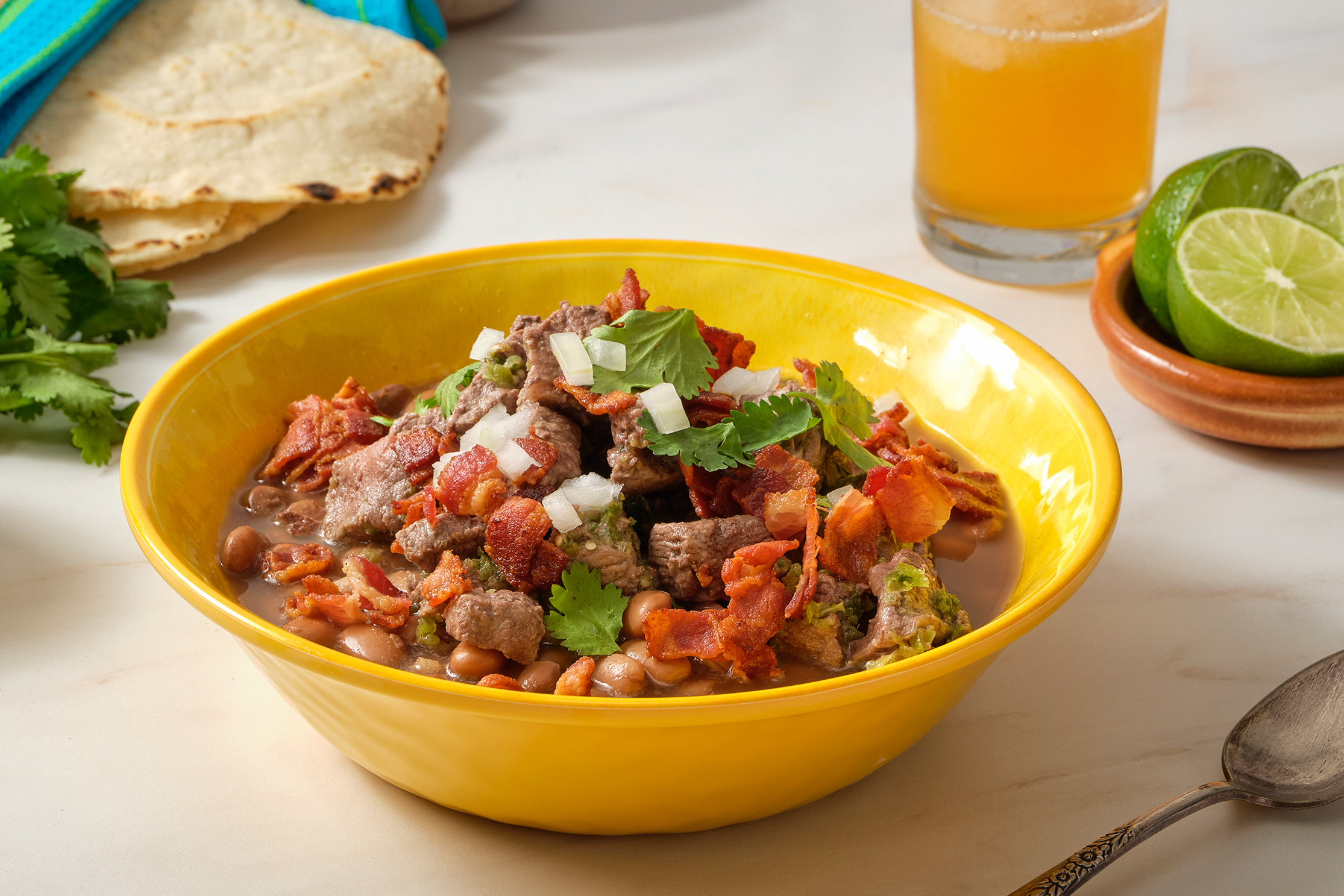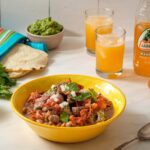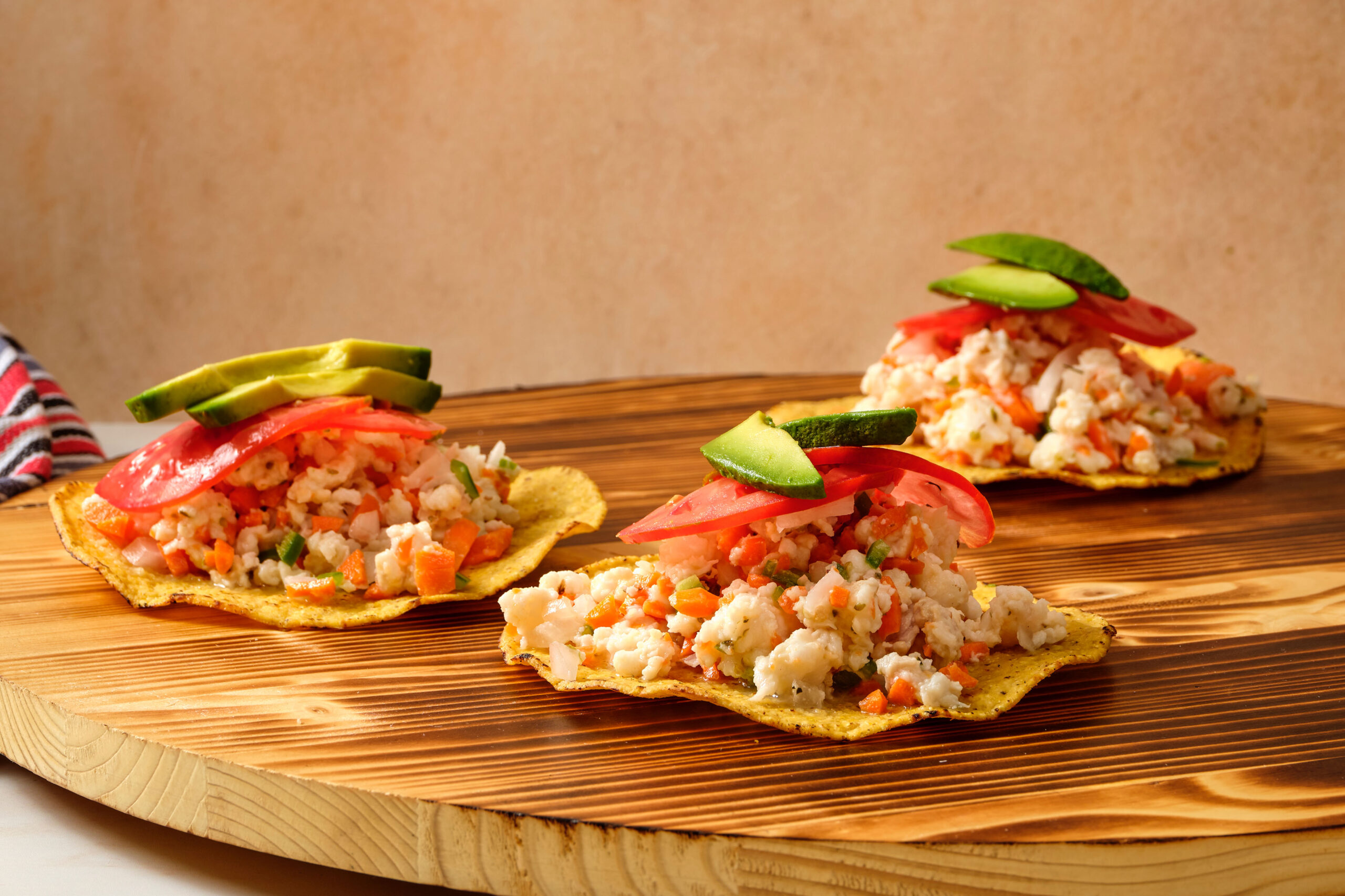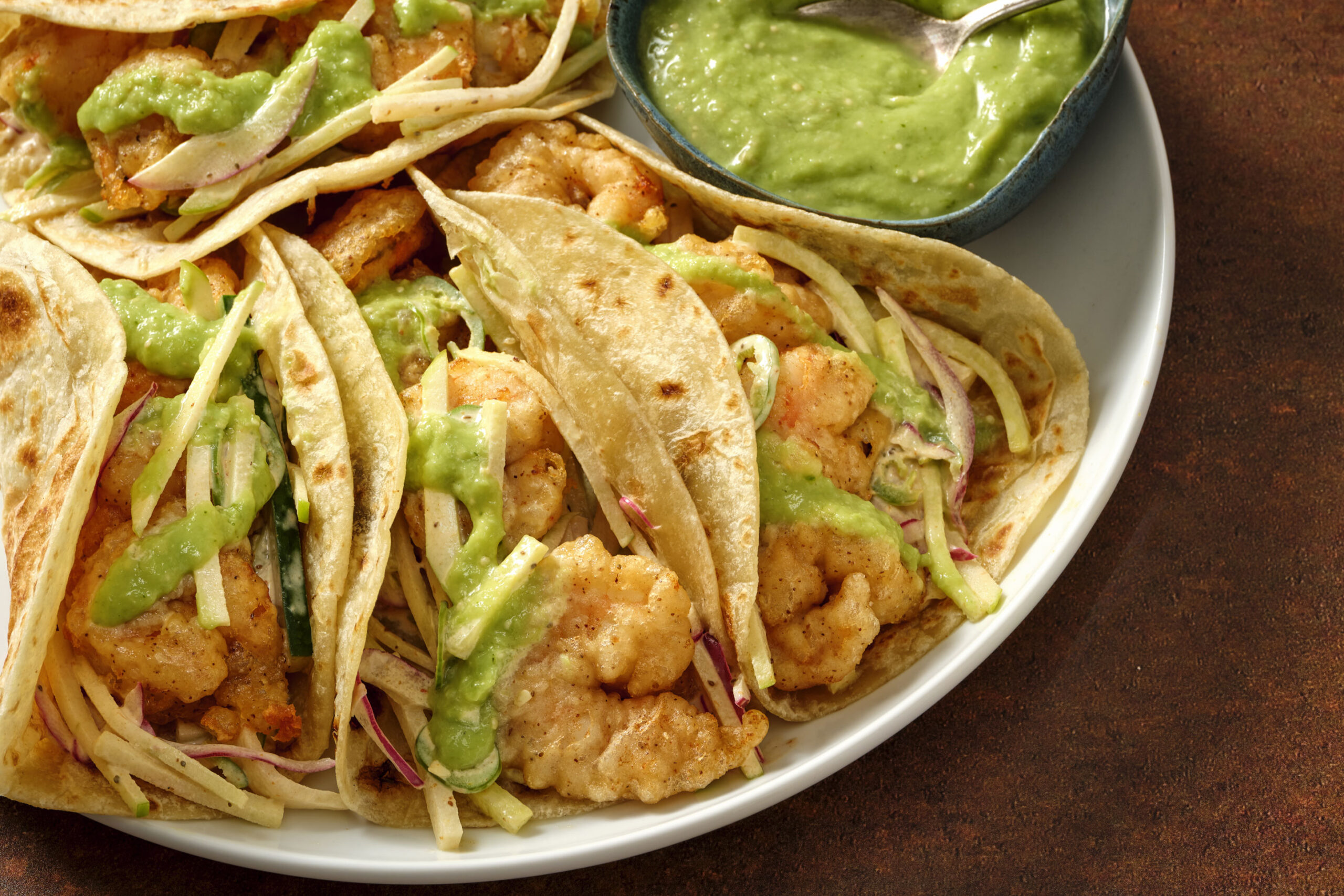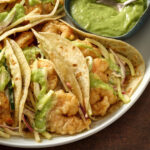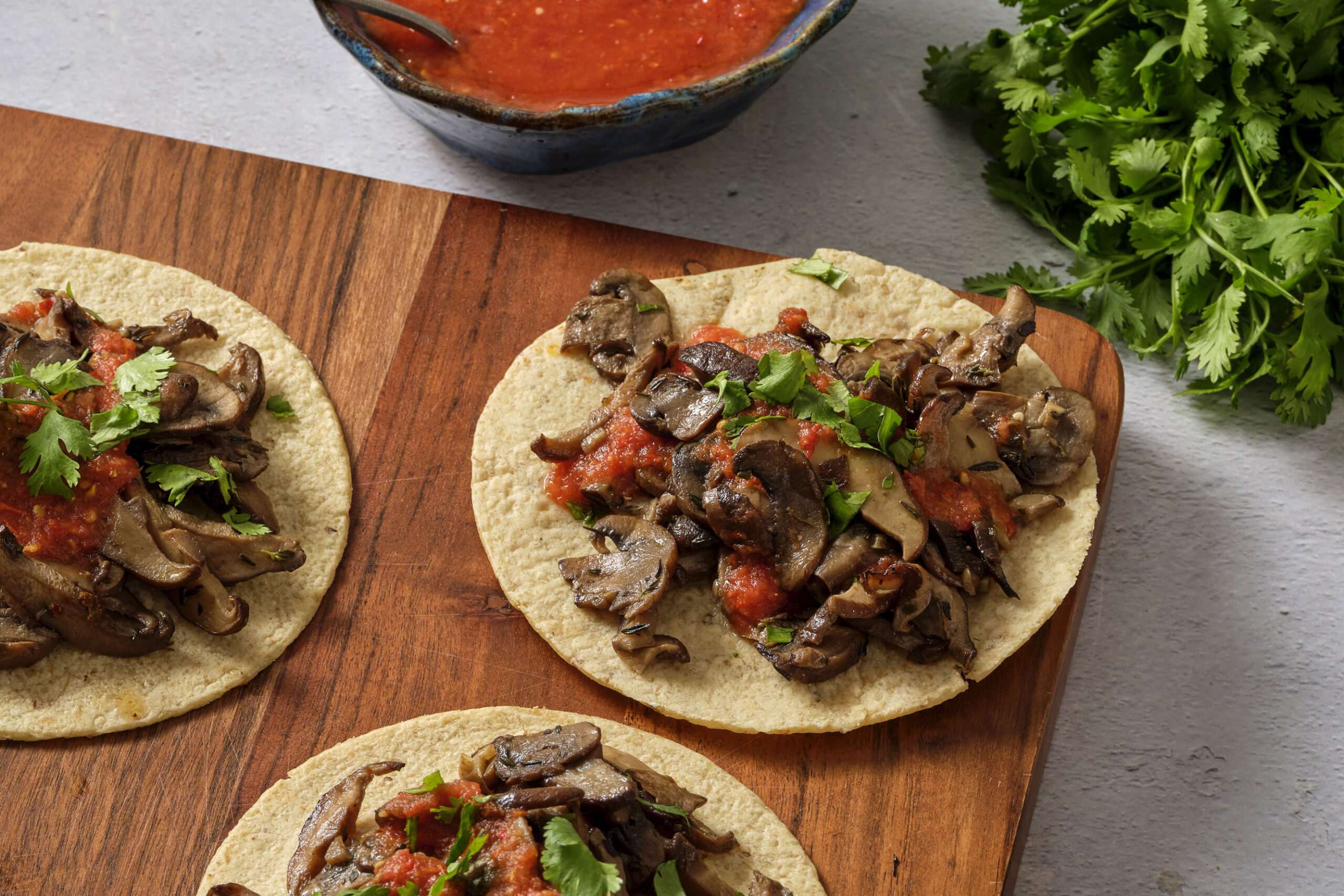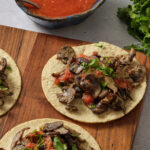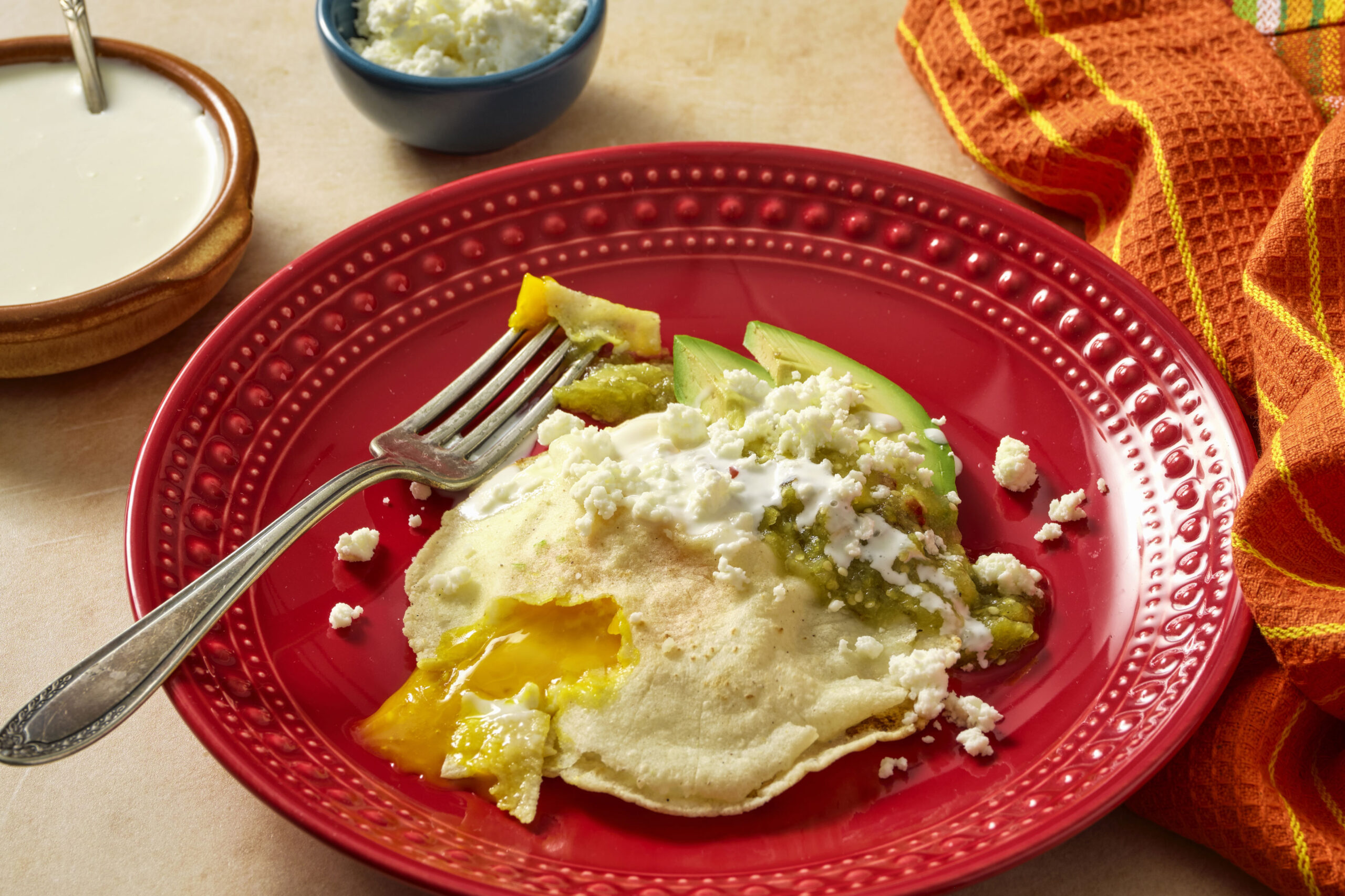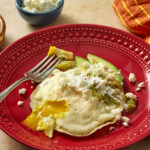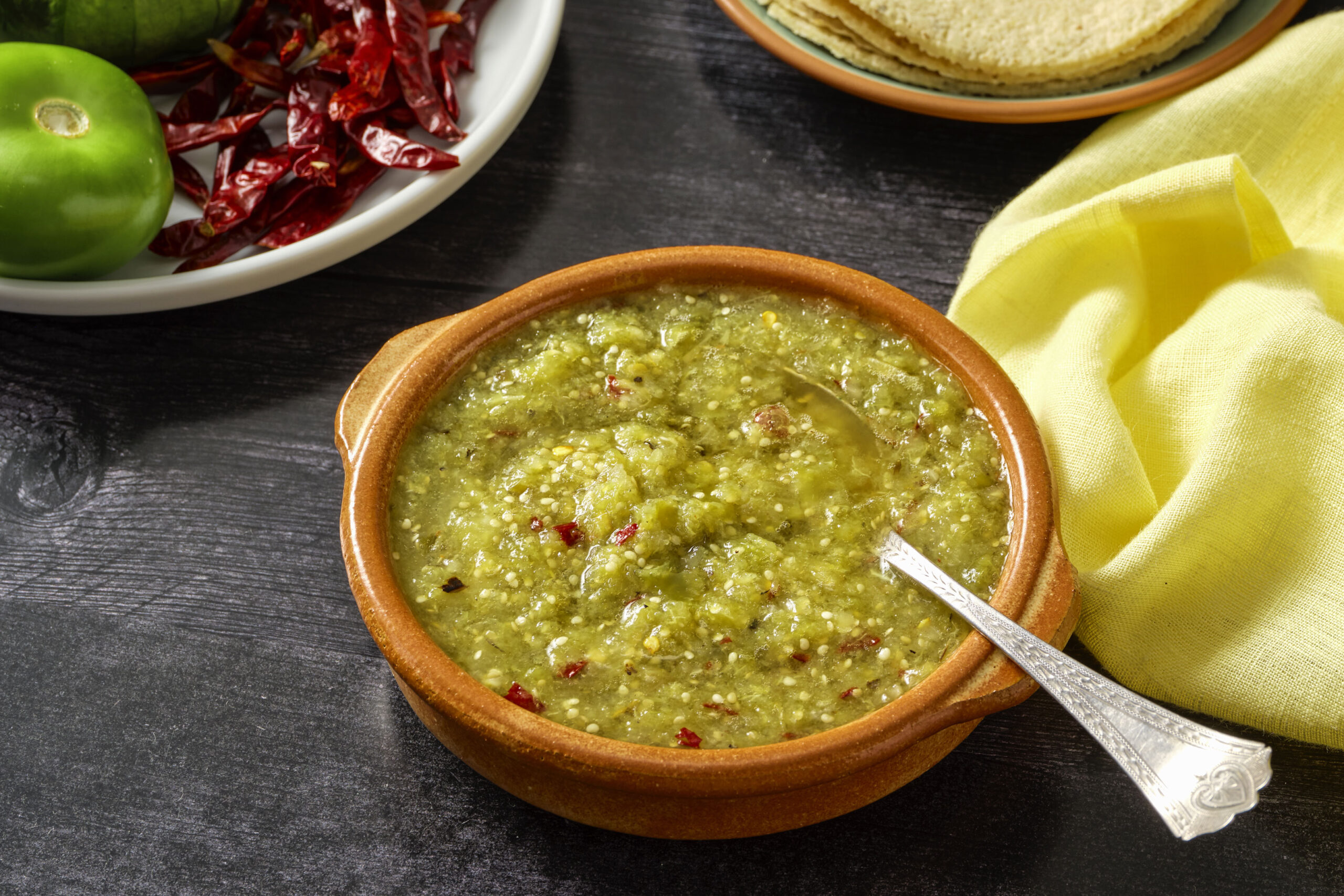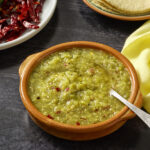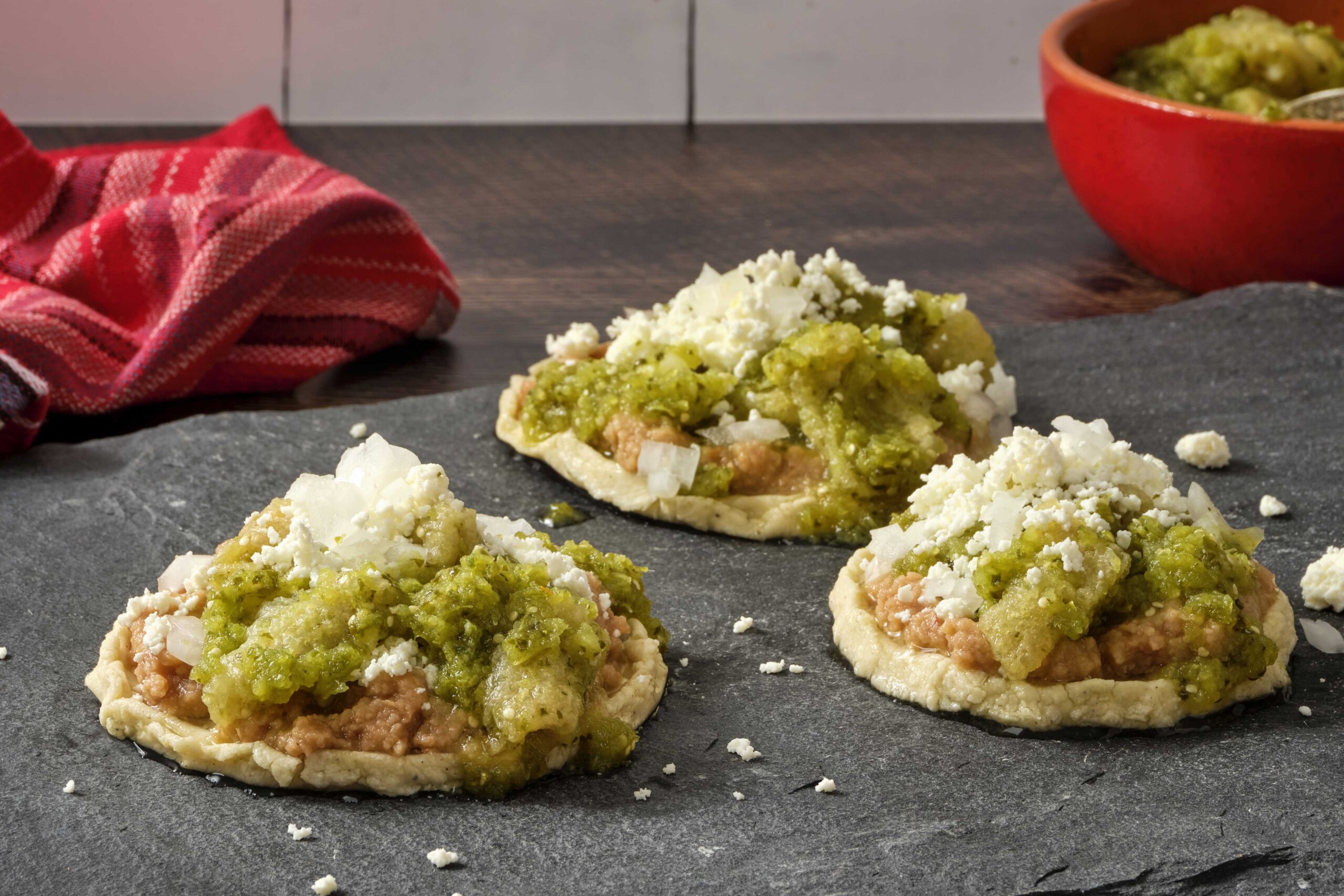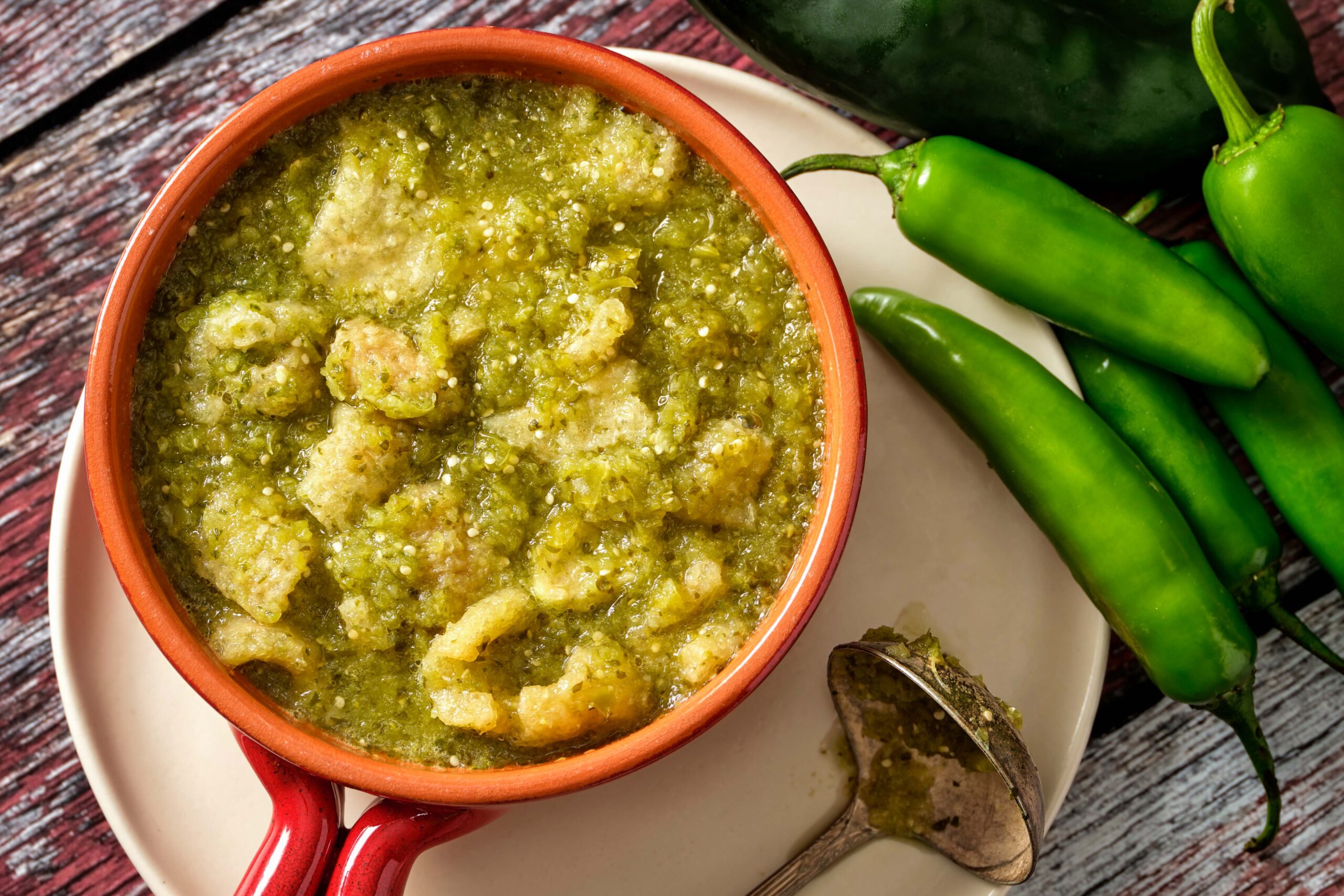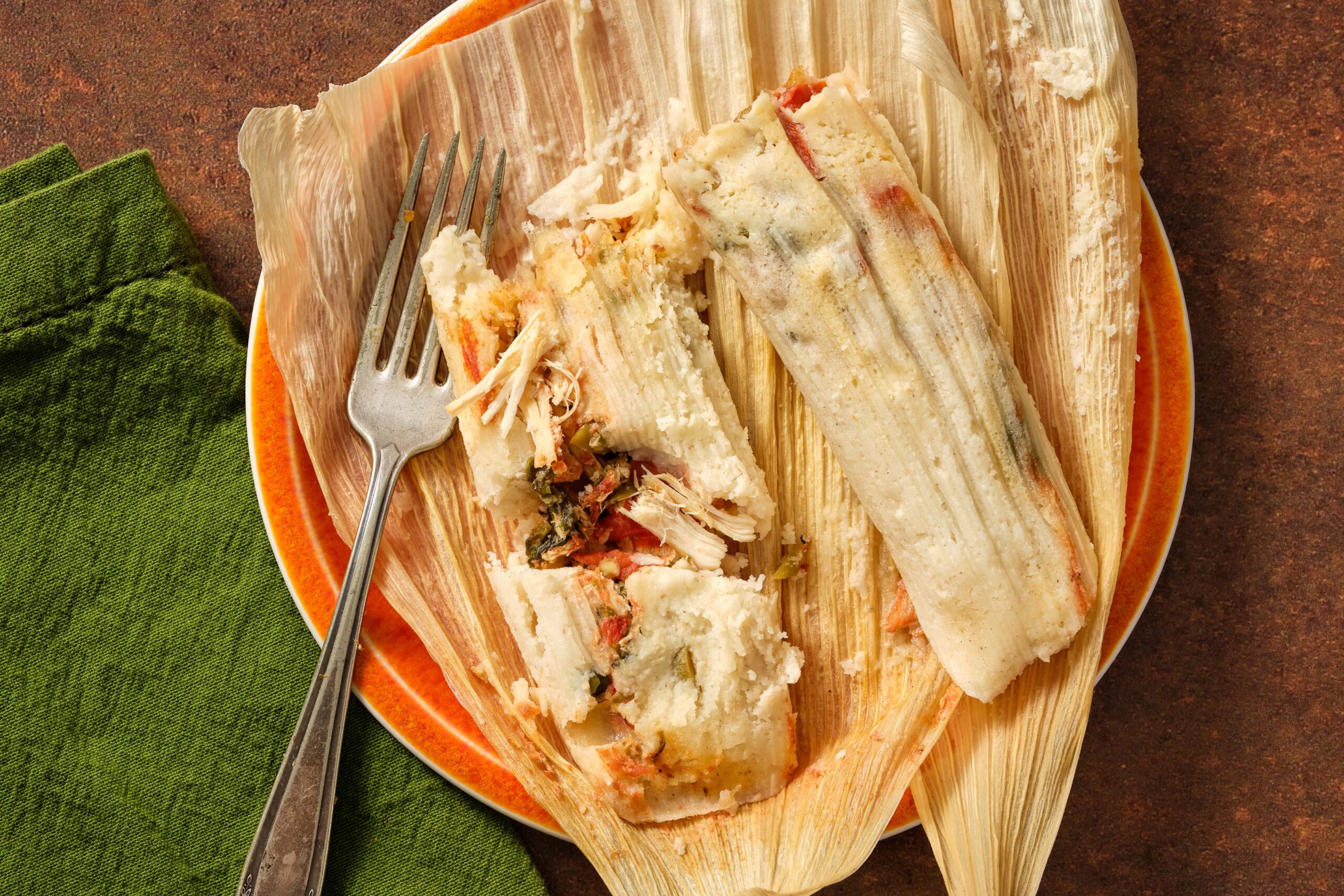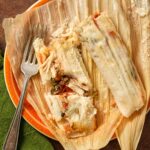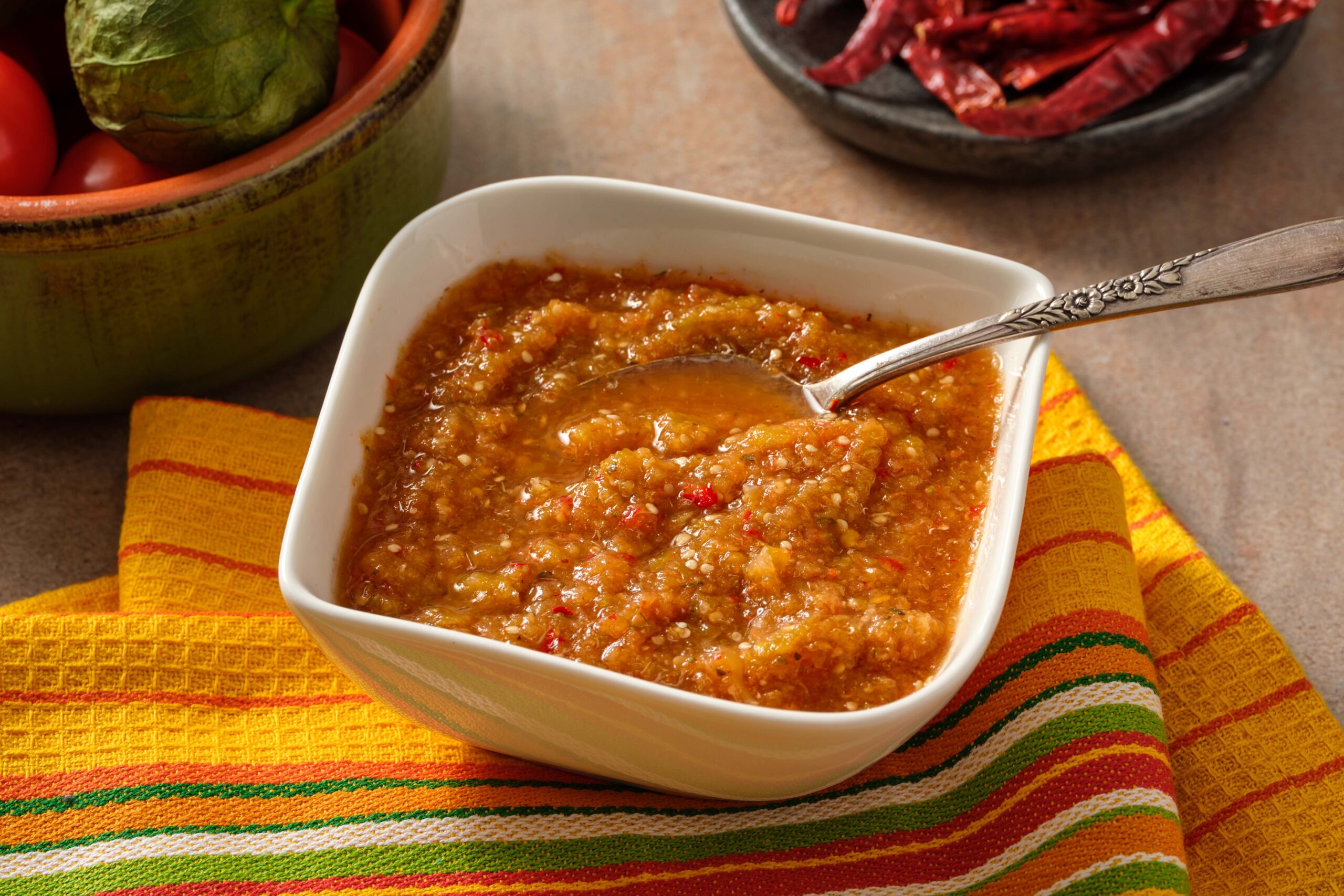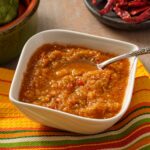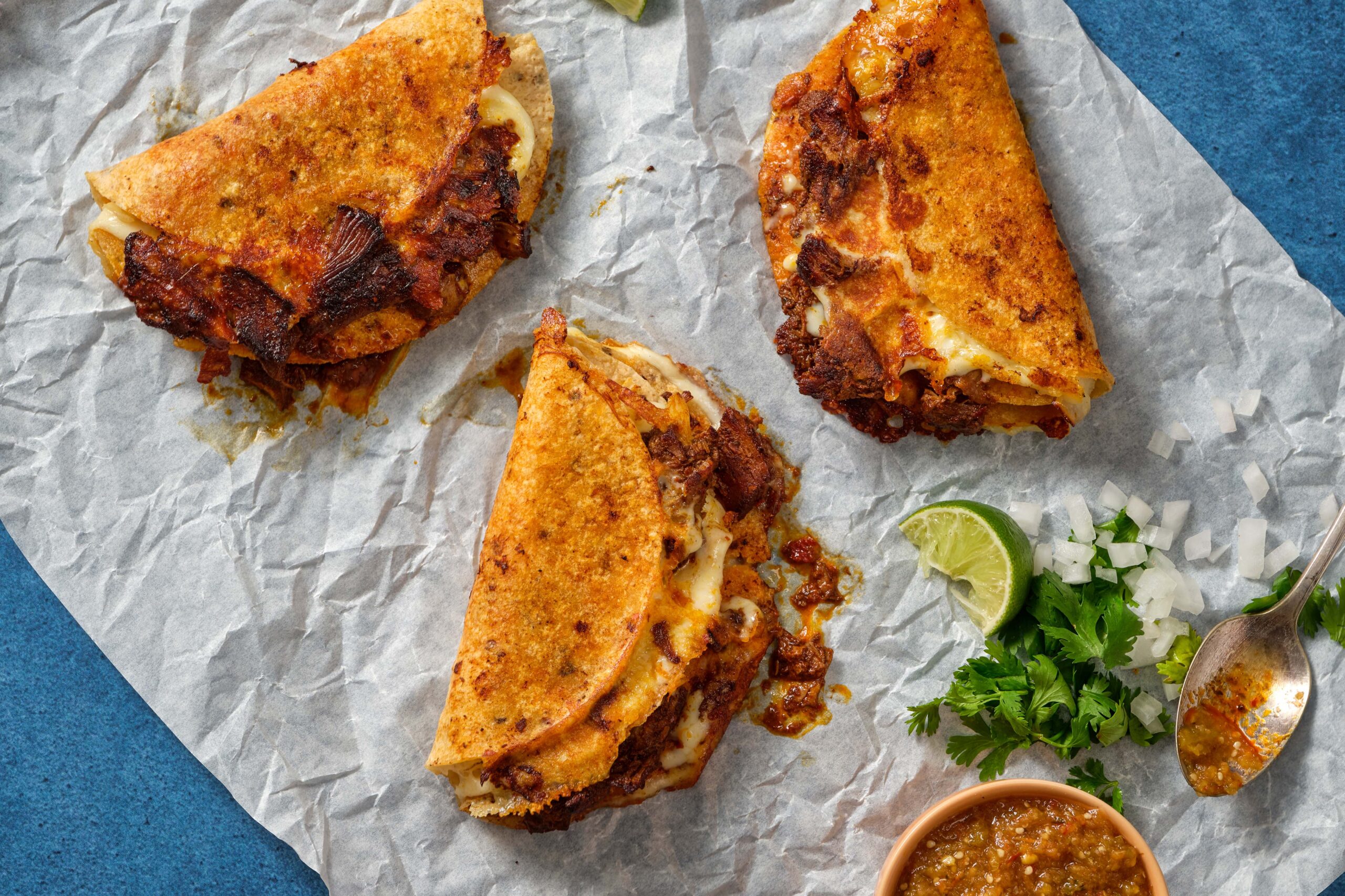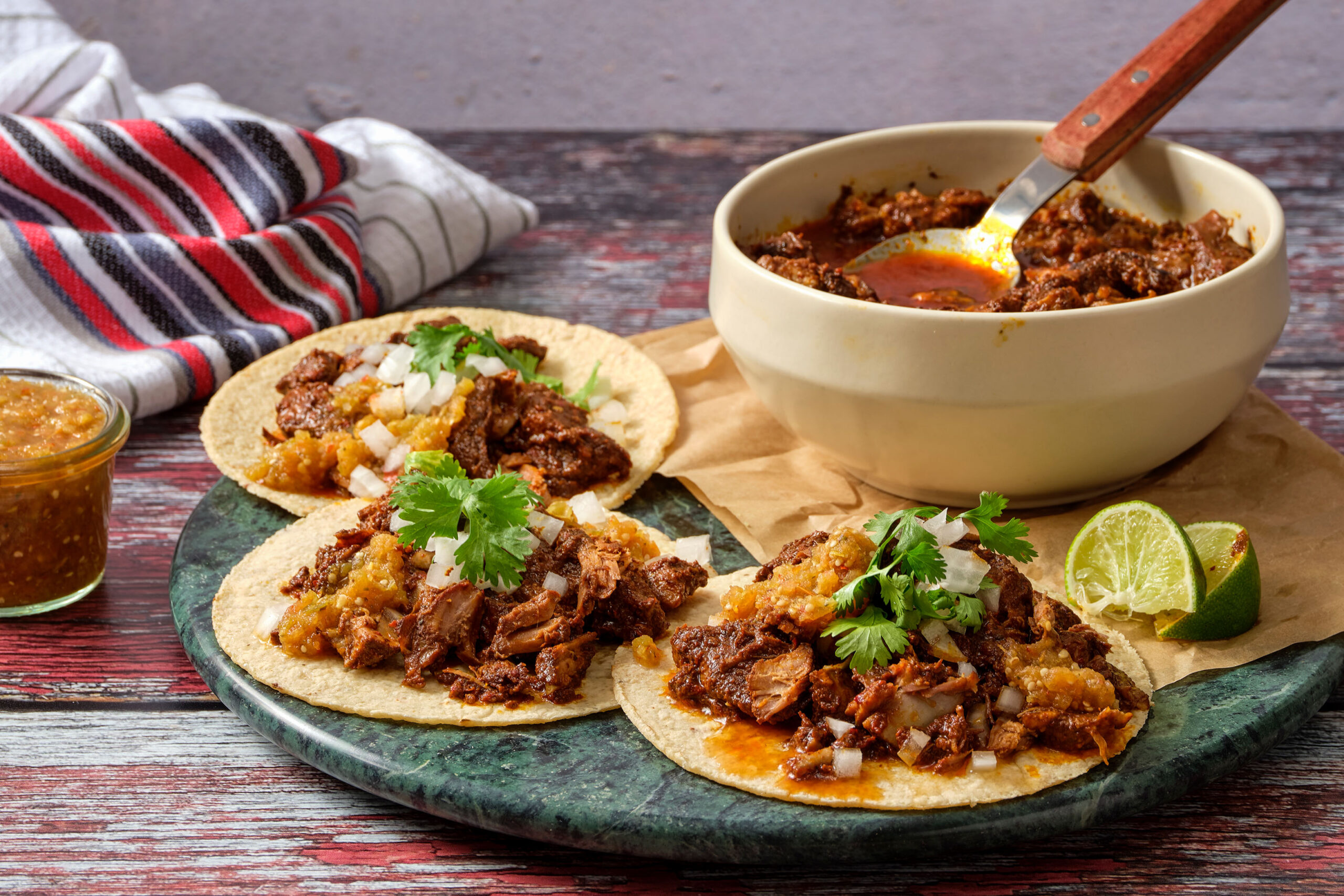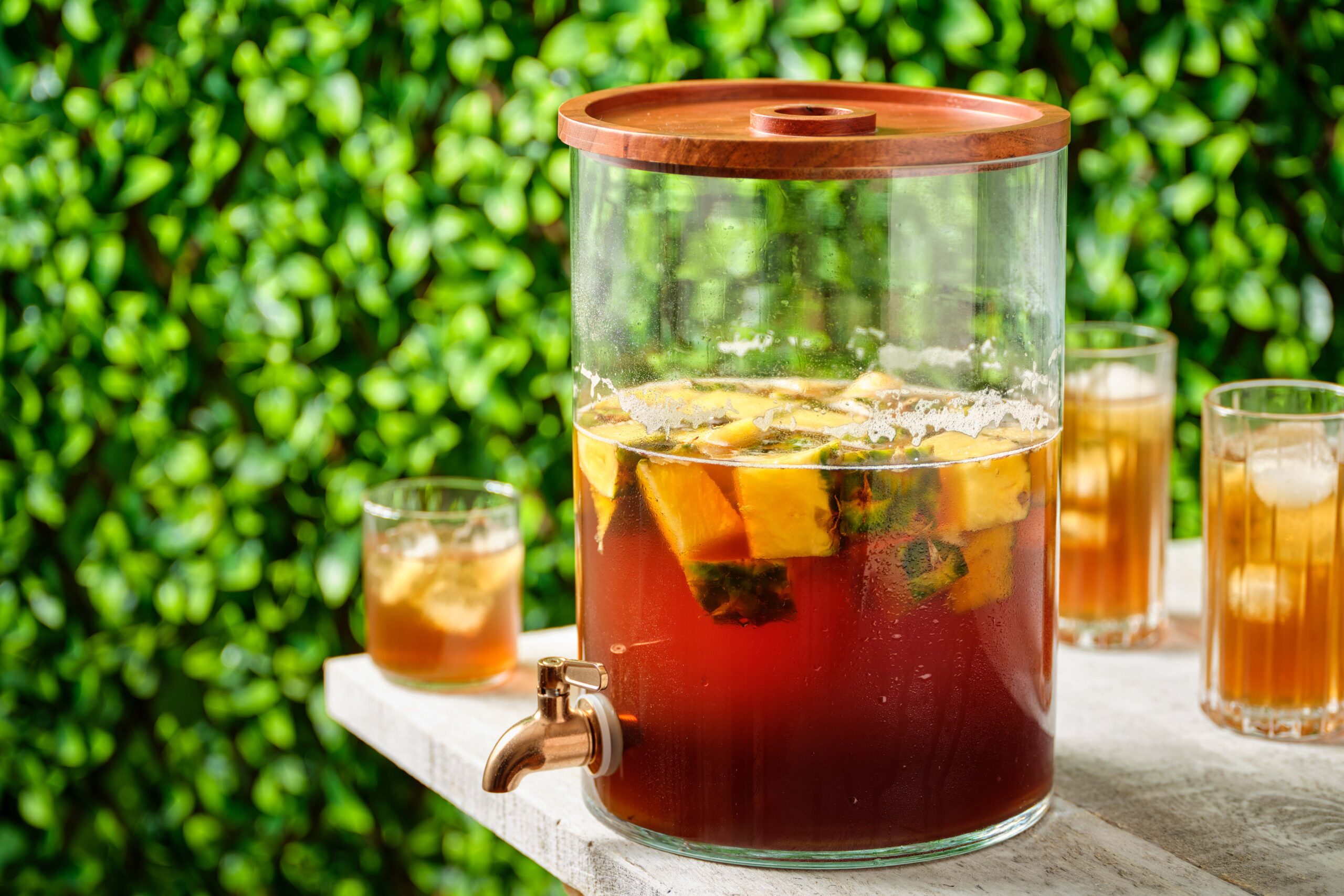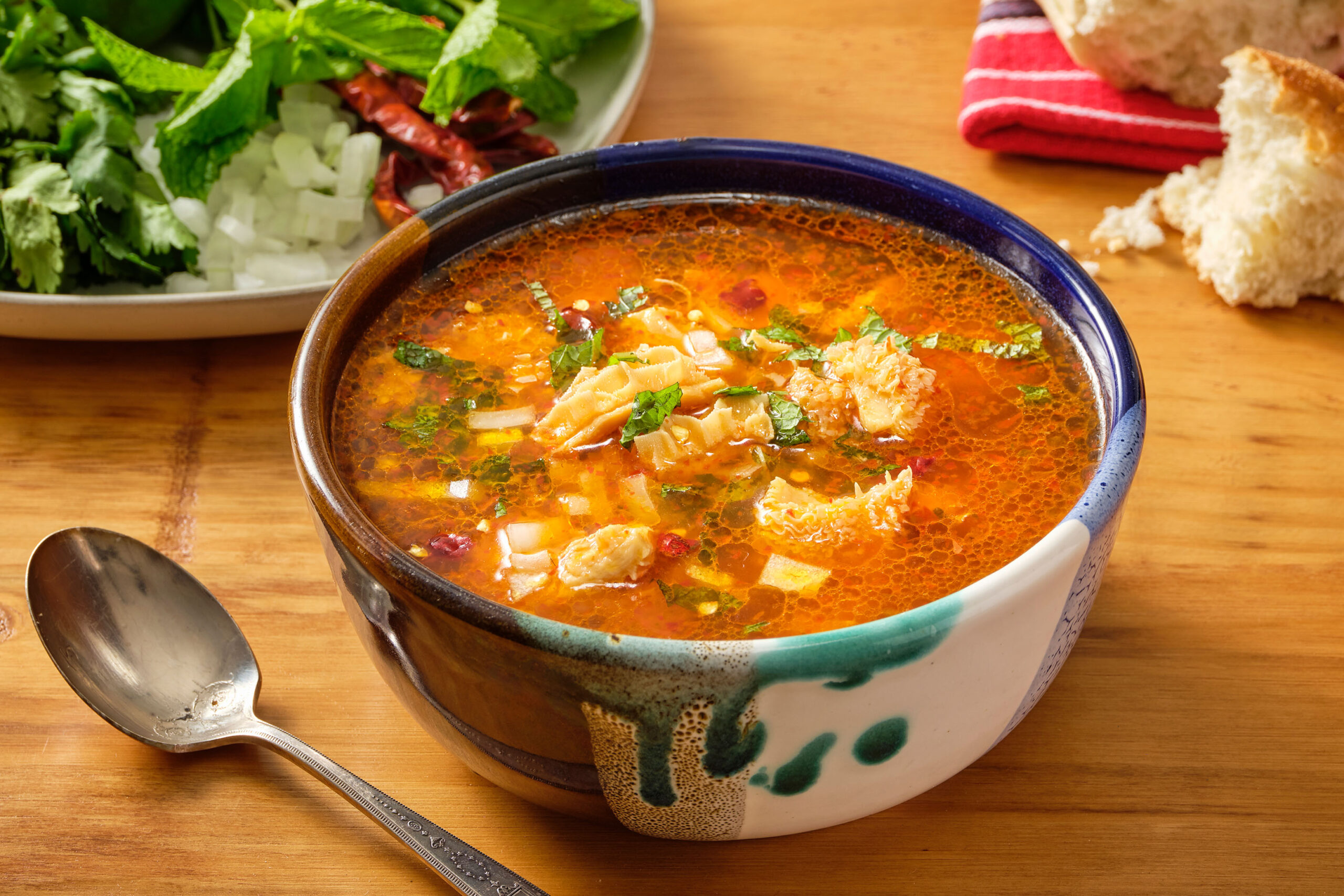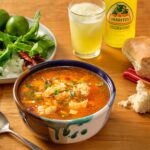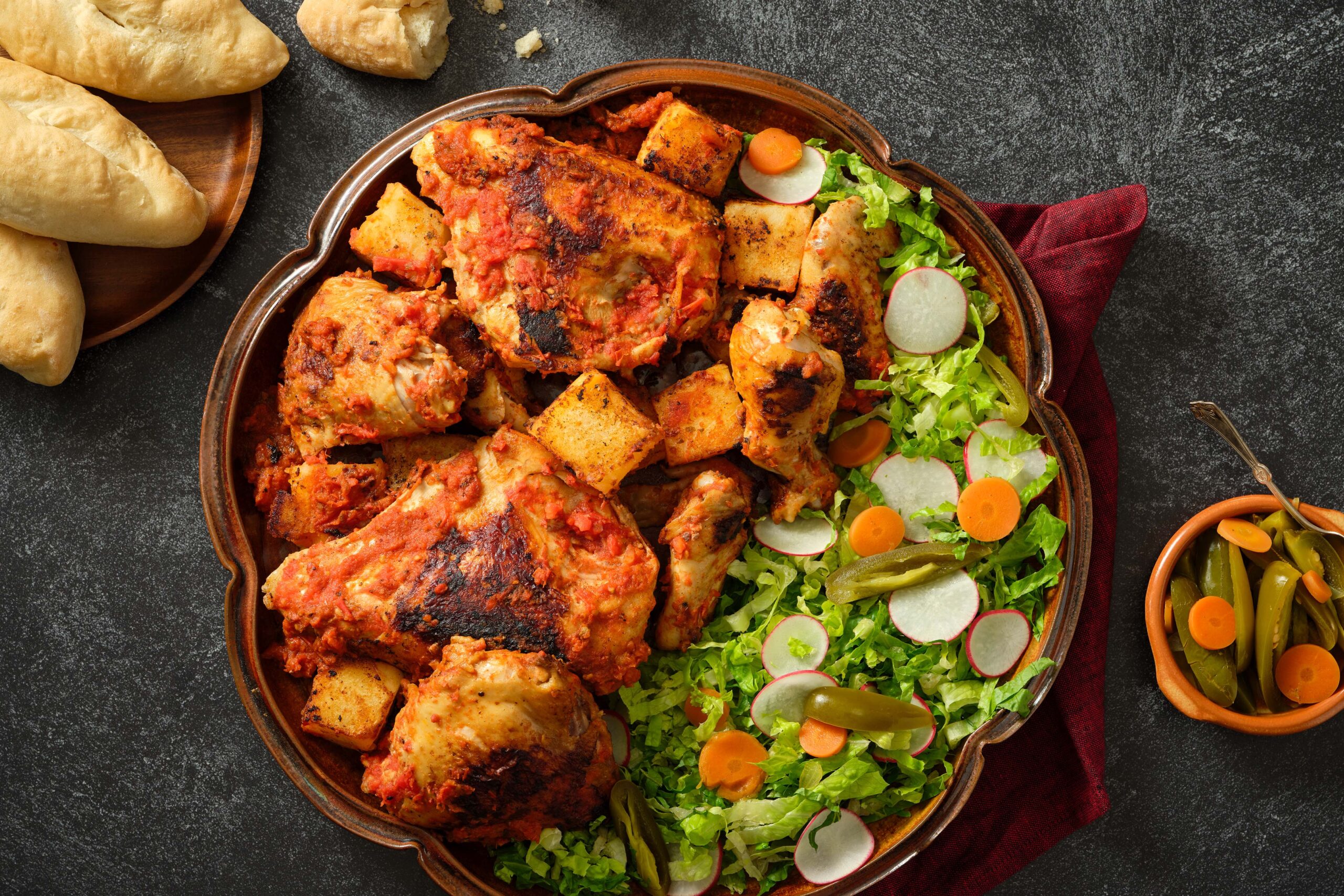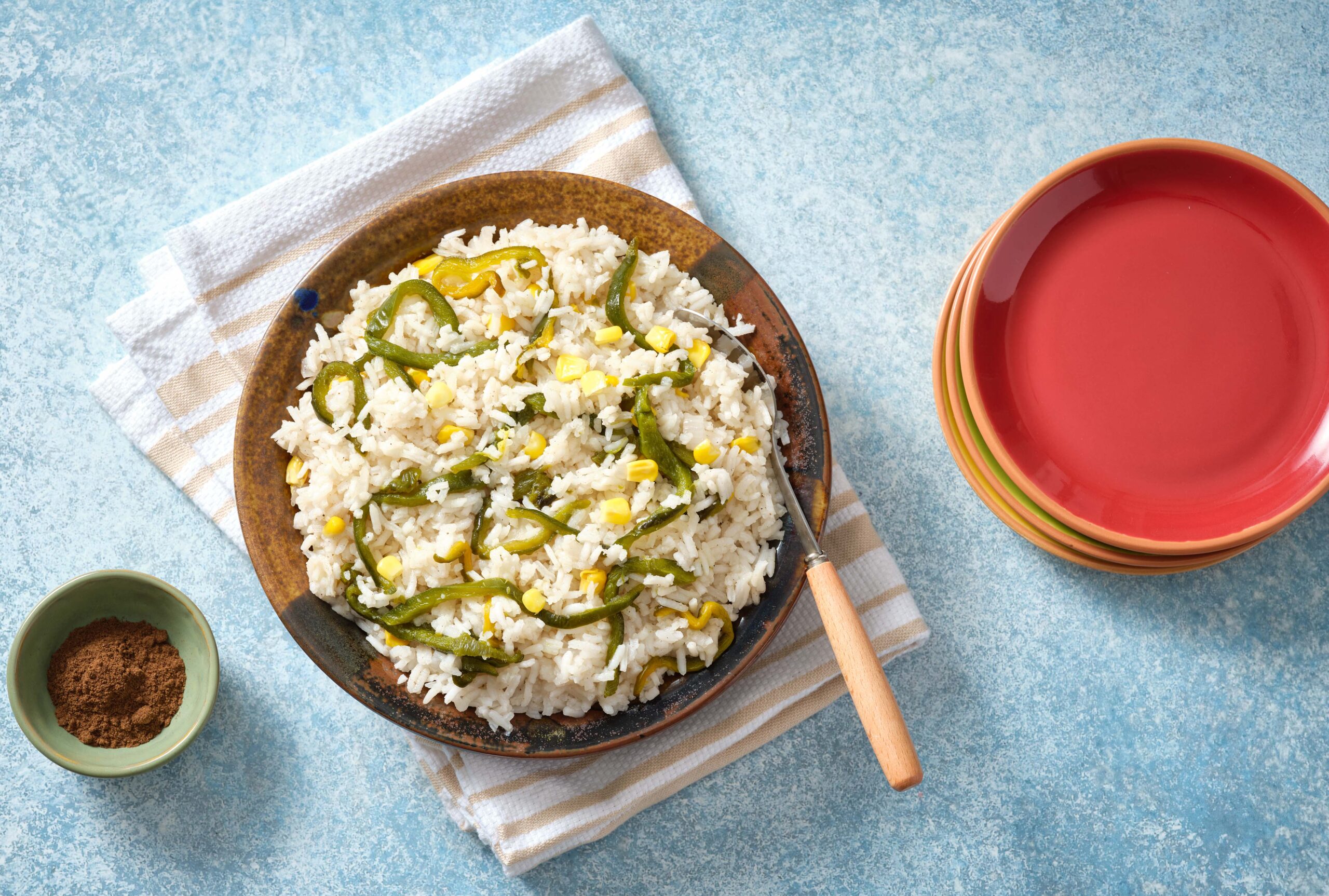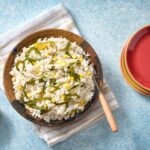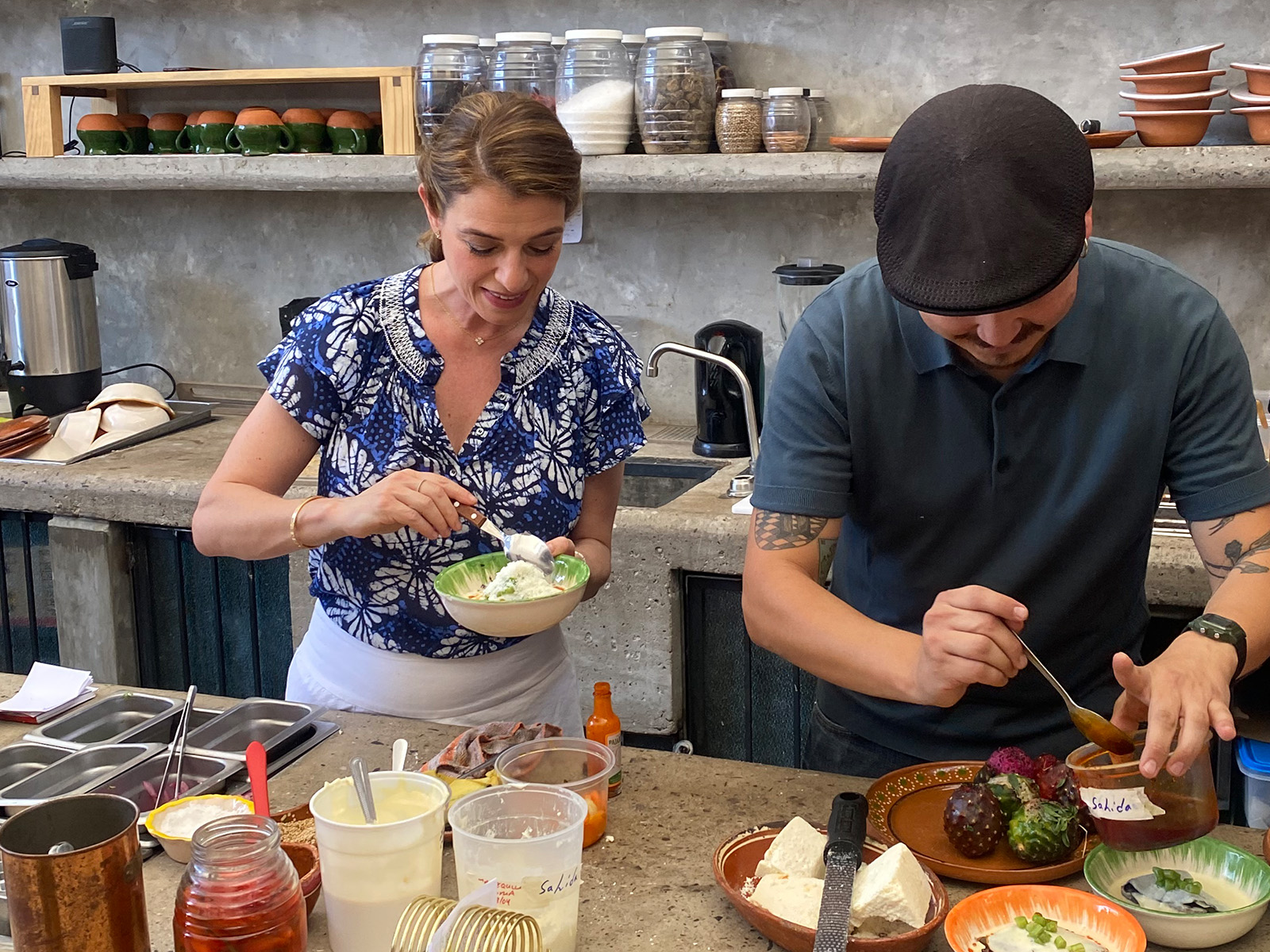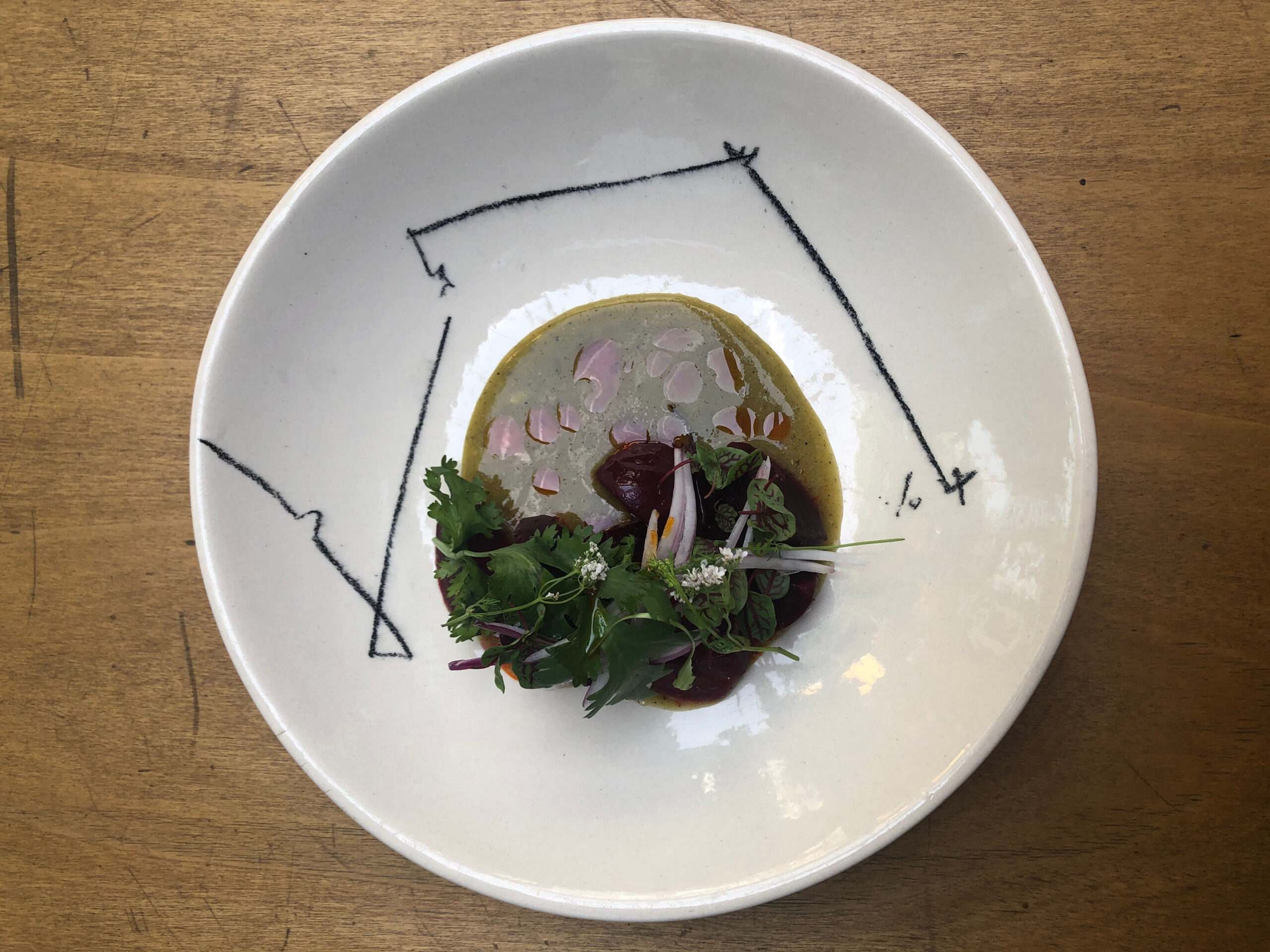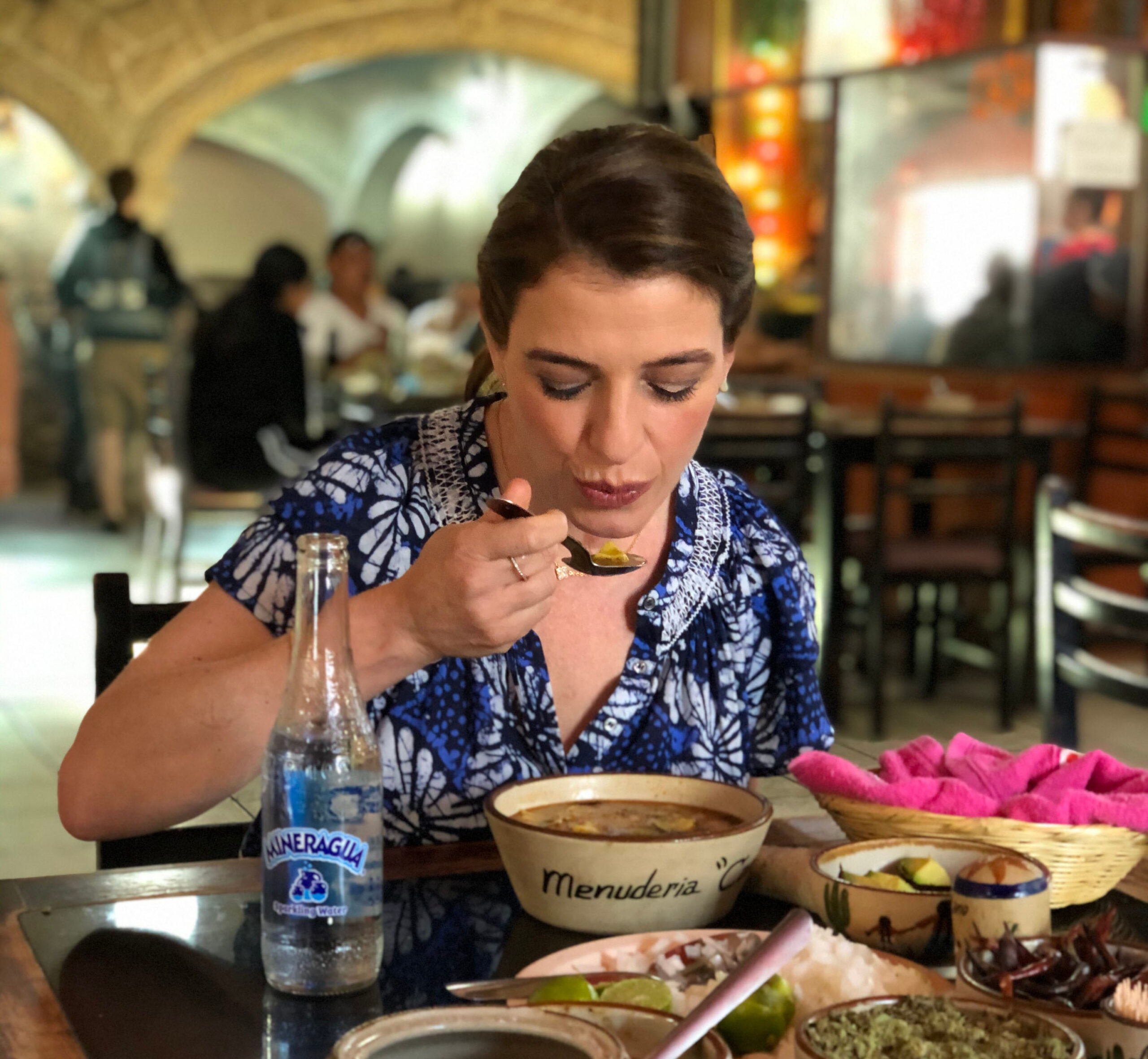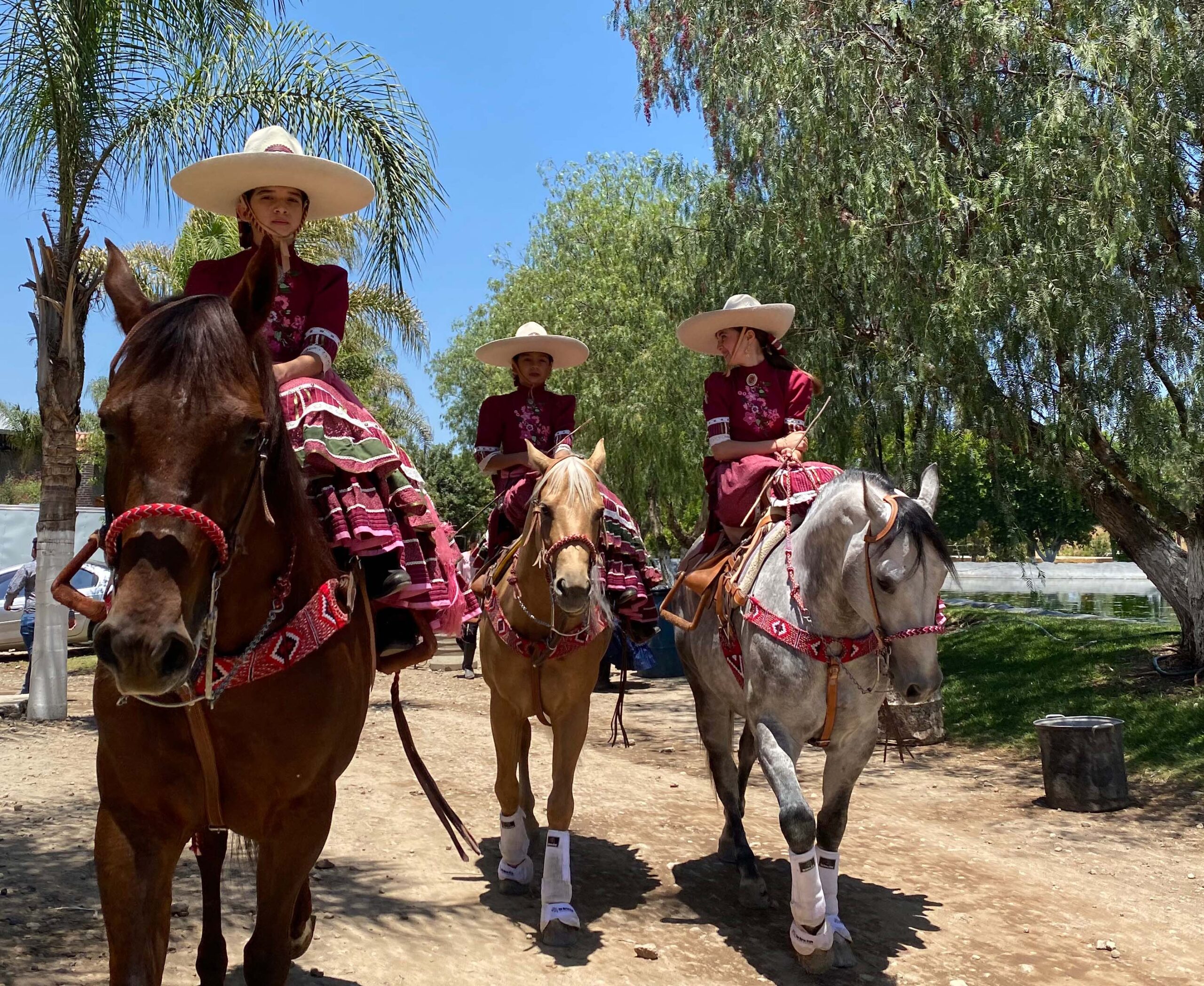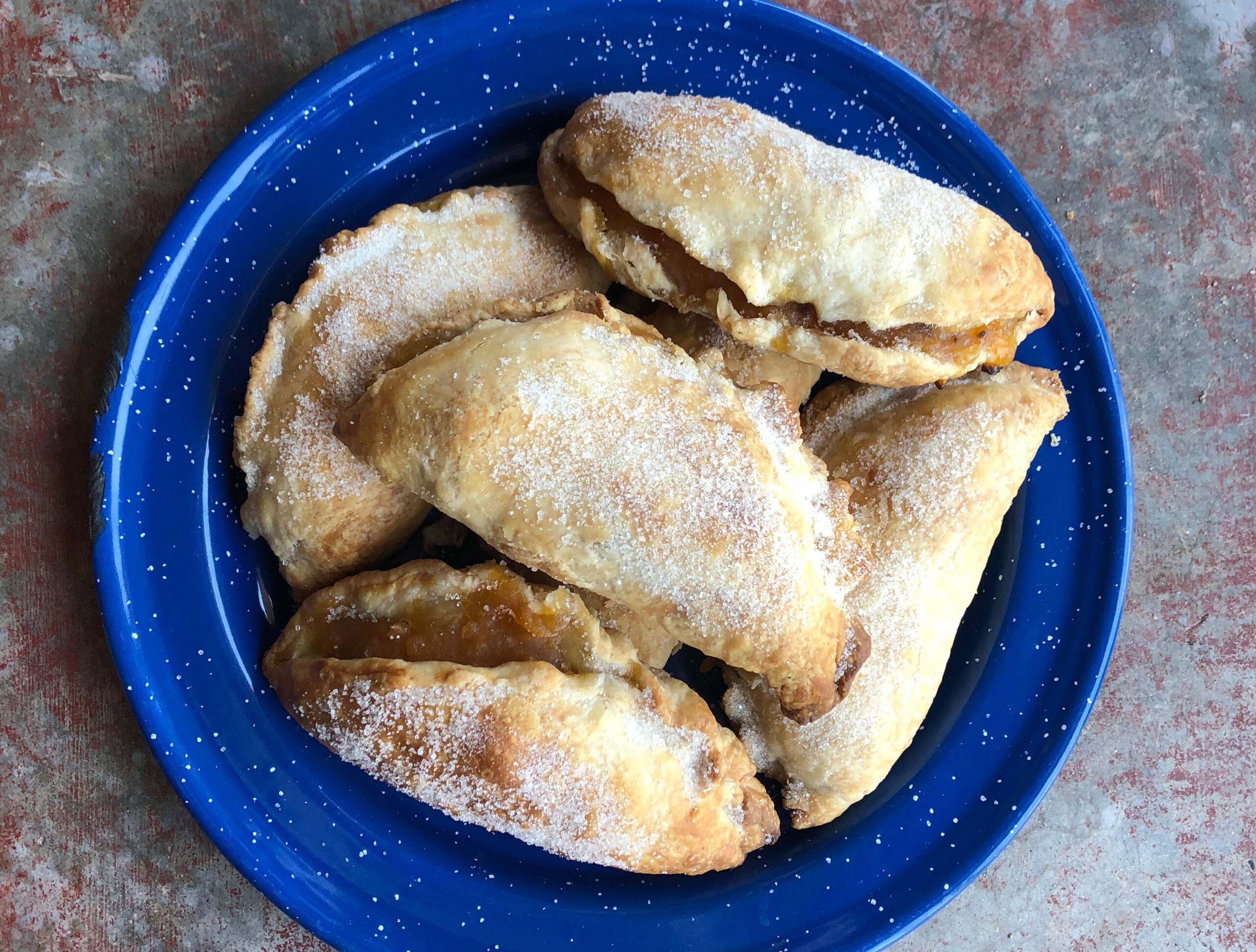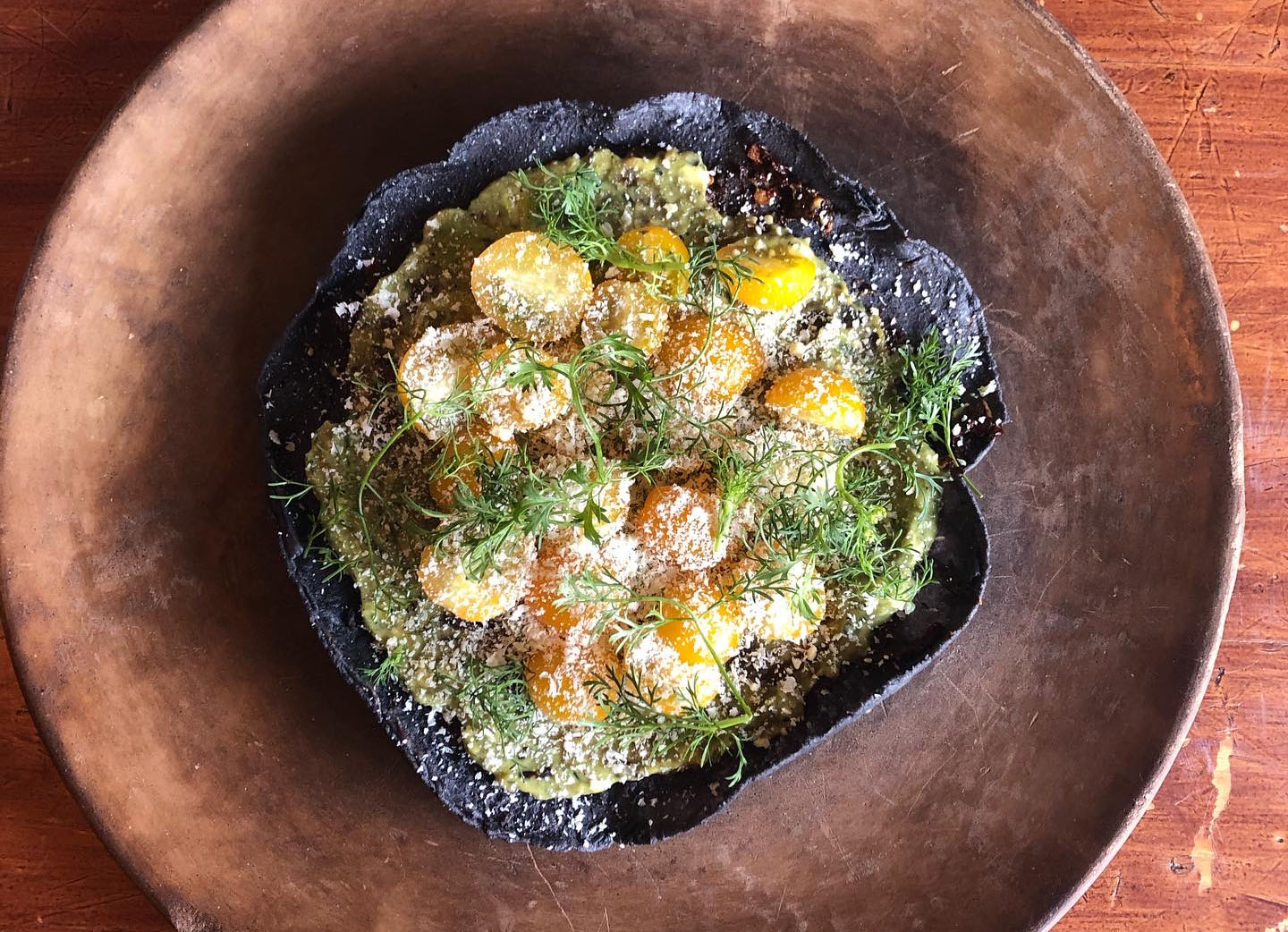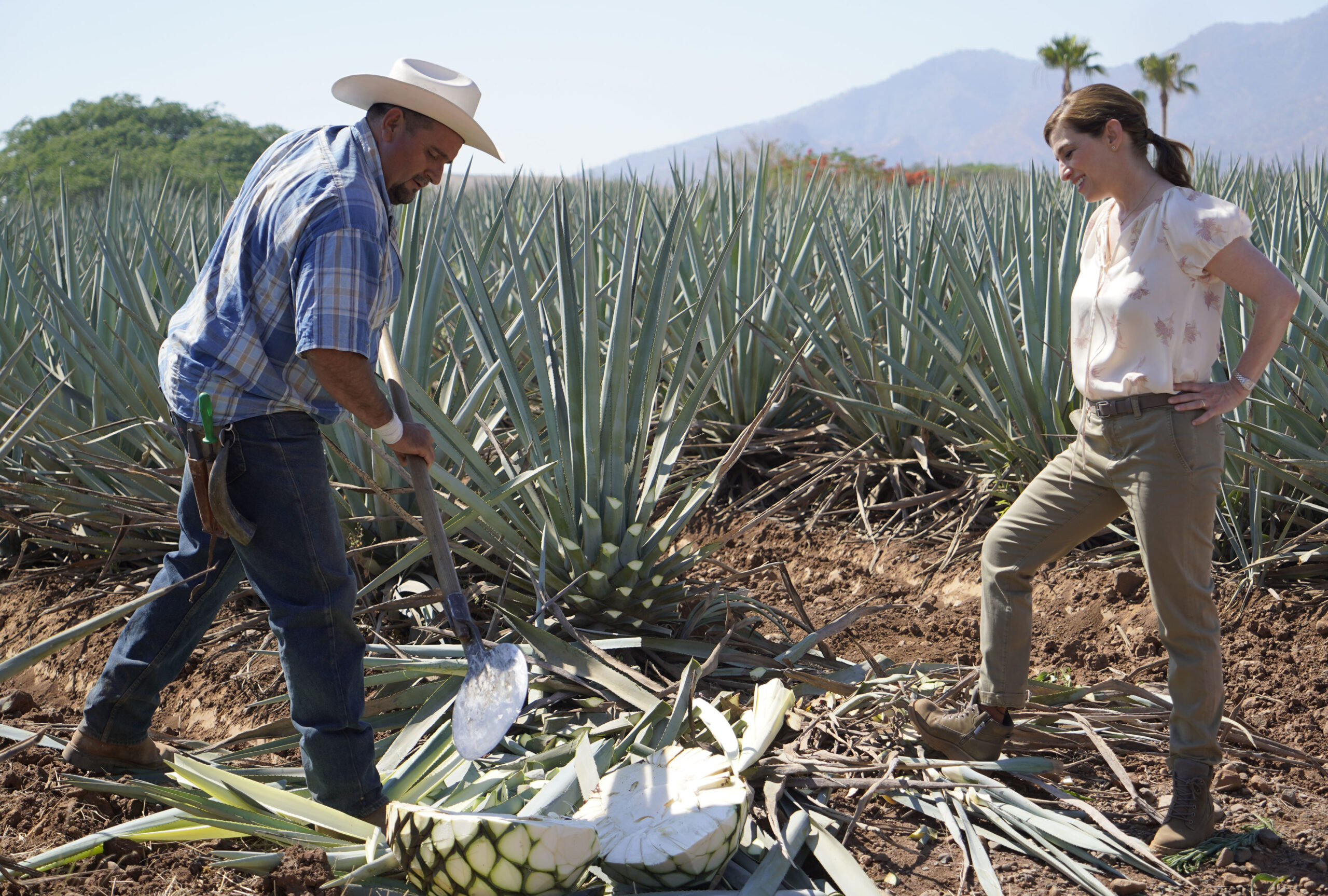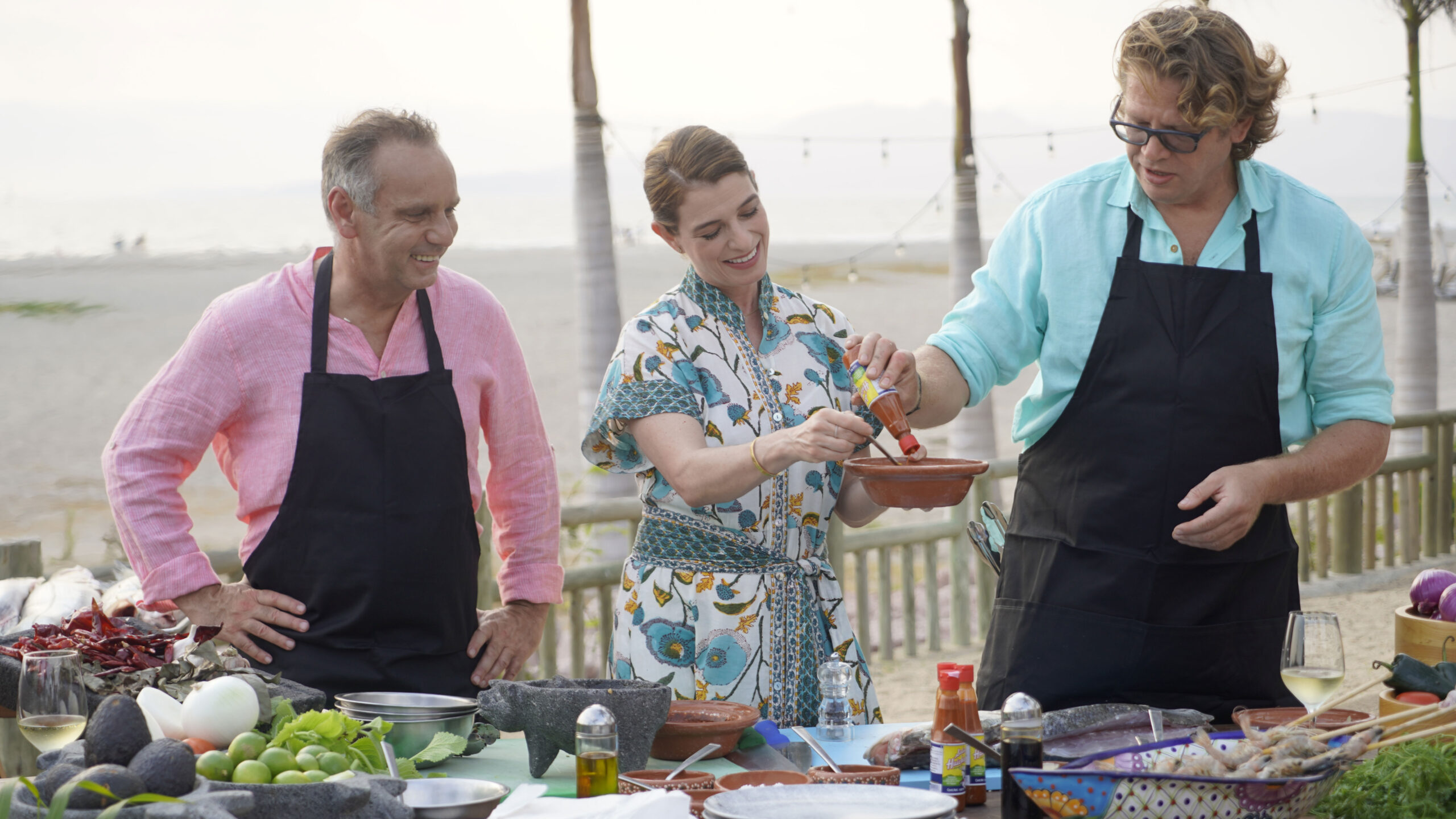Meat, Pinto Bean and Bacon Stew
Ingredients
- 1 pound tomatillos husked and rinsed
- 1 to 2 fresh serrano chiles stemmed
- 1 cup cilantro leaves and upper part of stems
- 1 teaspoon kosher salt or to taste
- 1 pound thick bacon slices chopped
- 2 pounds sirloin steak thinly sliced and cut into small bite size pieces
- 1 cup finely chopped onion
- 2 to 3 cups chicken or beef broth
- 5 to 6 cups Frijoles de Olla or beans from the pot (cooked pinto beans)
To serve:
- Finely chopped white onion
- Finely chopped cilantro
- Quartered limes
- Warm corn tortillas optional
- Fresh chunky guacamole optional
Instructions
- Place tomatillos and serrano chiles in a medium saucepan. Cover with water and bring to a boil over medium-high heat, then reduce heat to medium and cook for 8 to 10 minutes until completely cooked through and soft. Using a slotted spoon, transfer the tomatillos and chiles to the jar of a blender along with the cilantro and a teaspoon of salt. Puree until completely smooth and set aside.
- In a large casserole or Dutch oven, fry the chopped bacon over medium heat until crisp. Transfer to a bowl with a slotted spoon and set aside. Reduce heat to medium, add the streak to bacon fat and cook until it starts to render all its juices. Once it does, add the onion and the broth. Continue cooking for about 15 minutes.
- Incorporate the tomatillo puree and continue cooking for another 15 minutes, until meat is completely tender and broth has seasoned.
- Serve the carne en su jugo in bowls along with a ladle of cooked pinto beans, and top with the crisp bacon. Place chopped white onion, cilantro, and lime wedges on the table for everyone to add as they please. You can serve with warm corn tortillas and a side of fresh guacamole.

